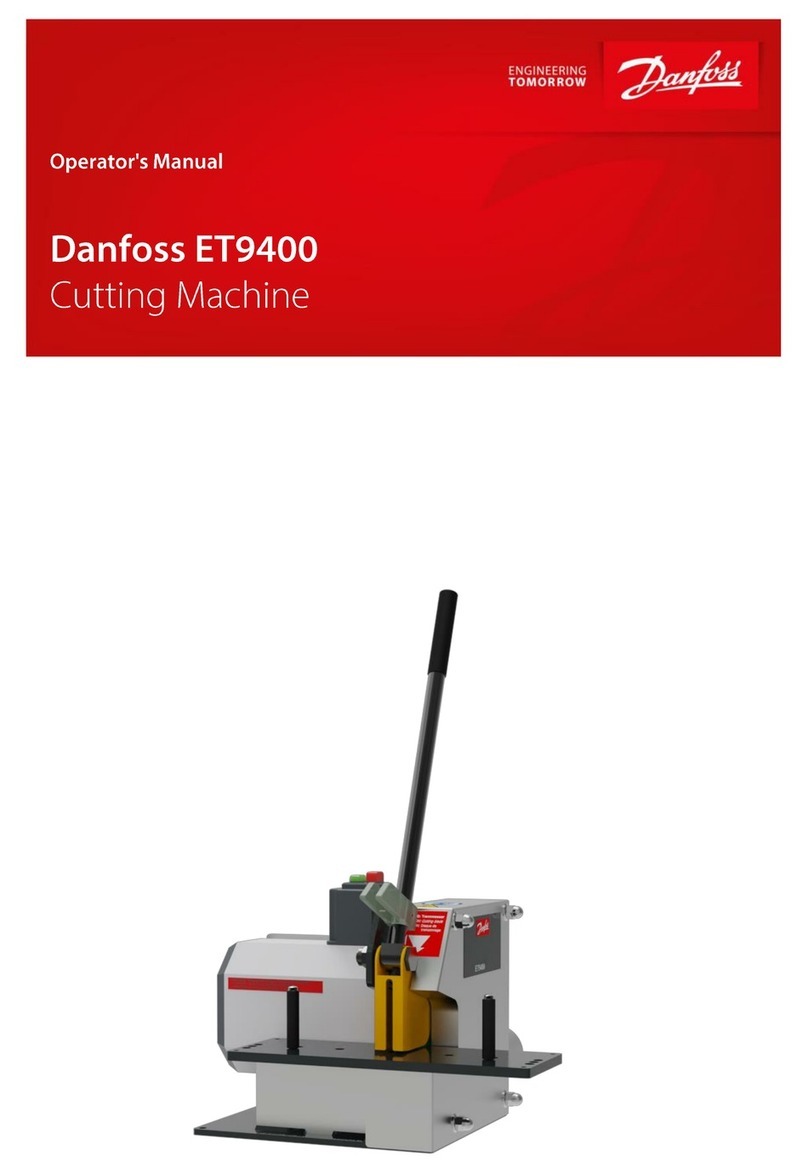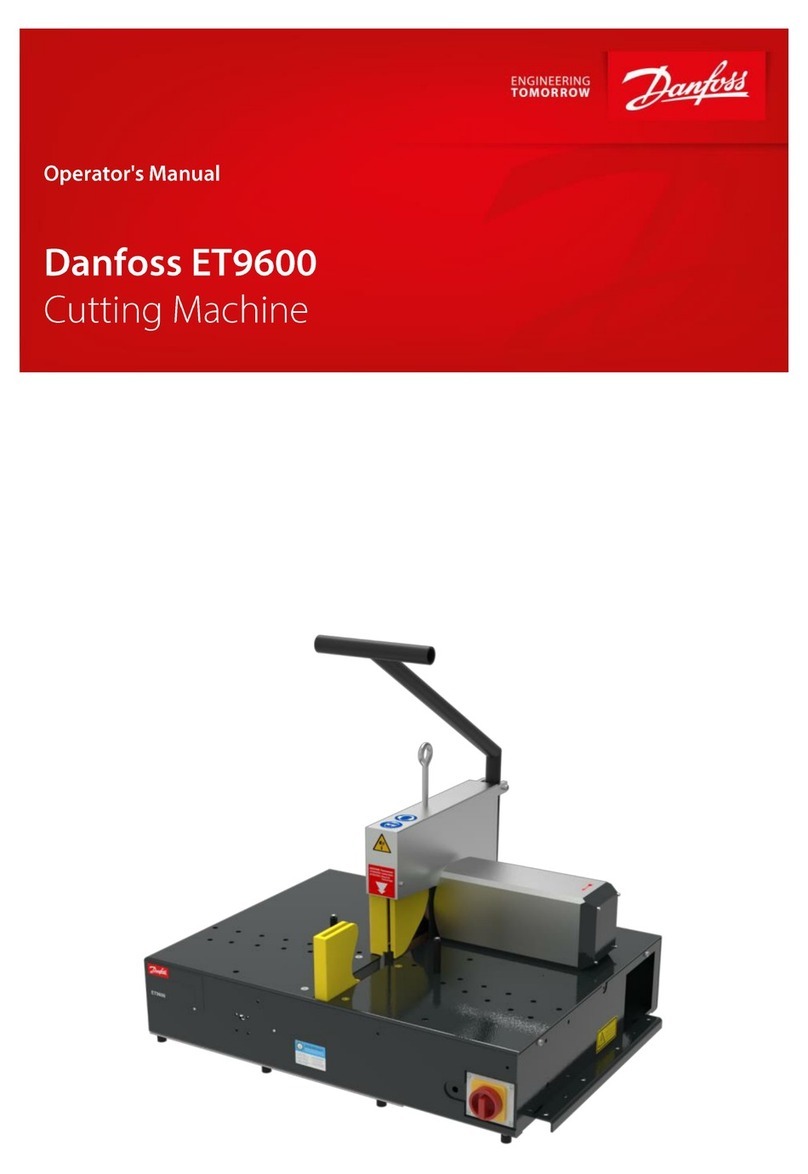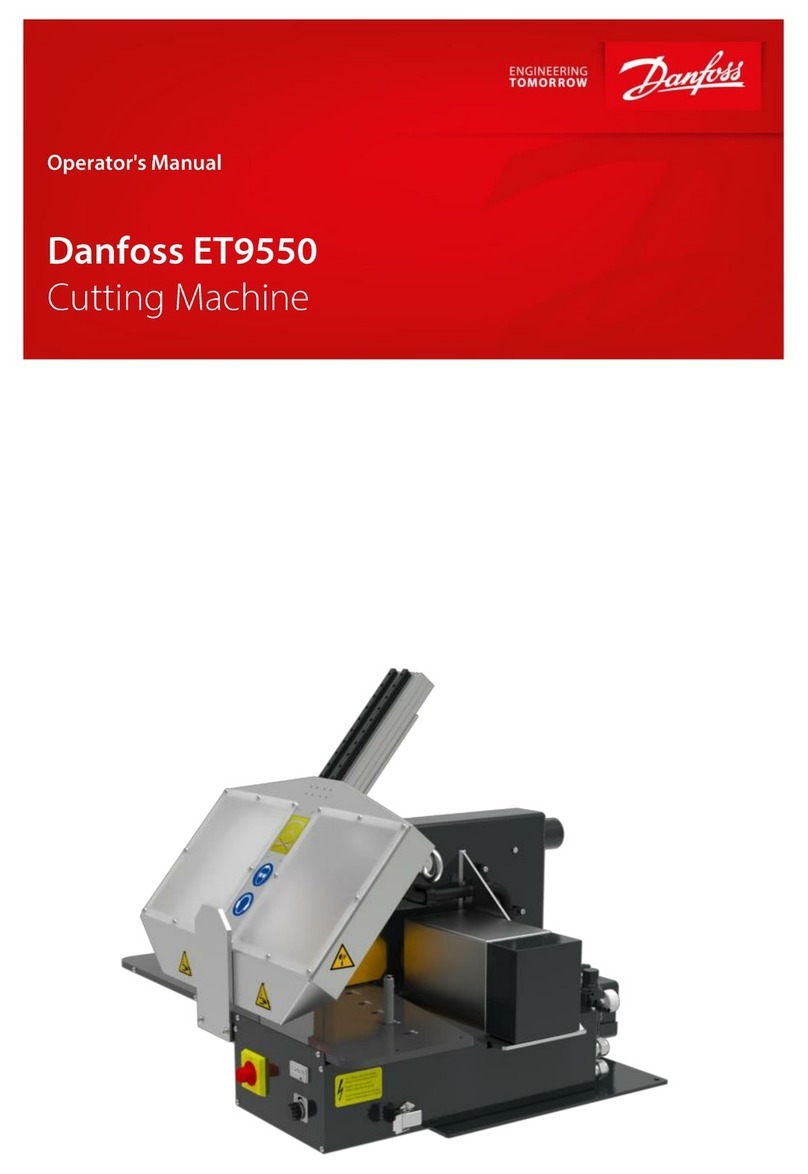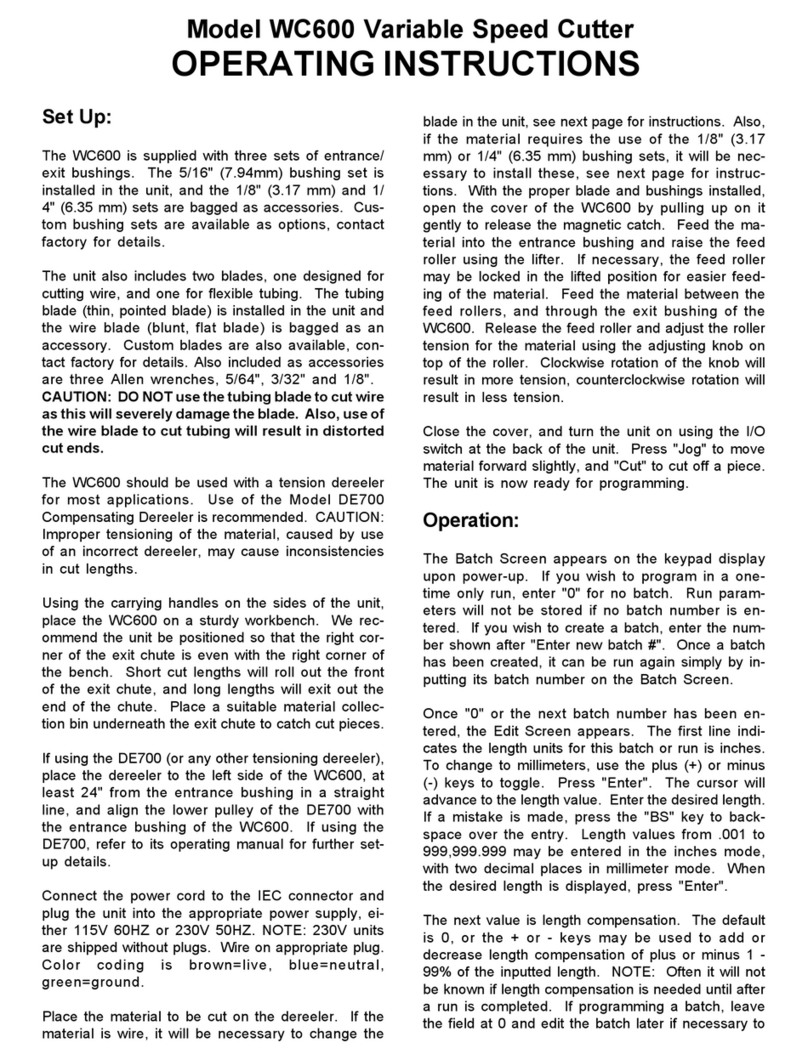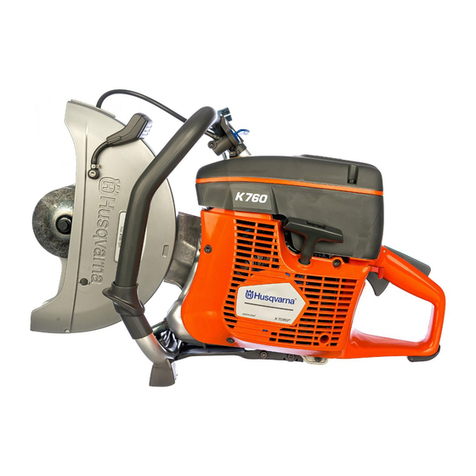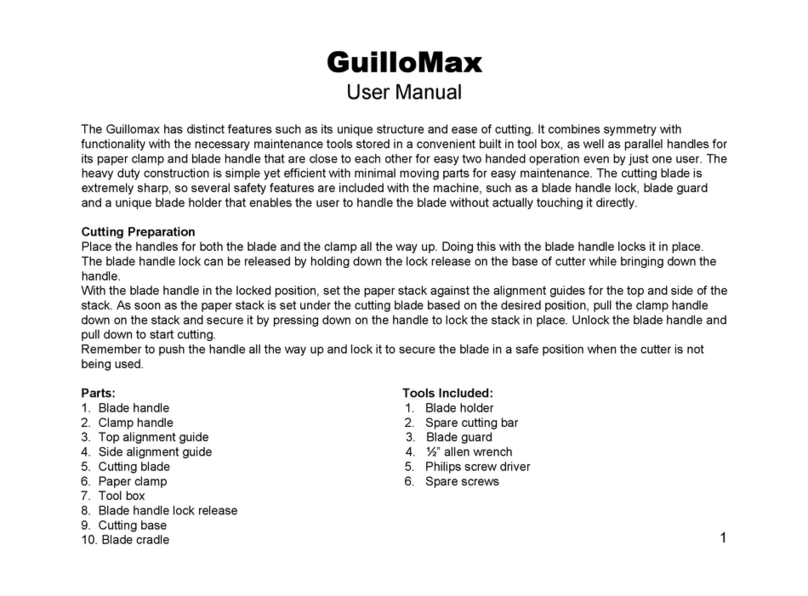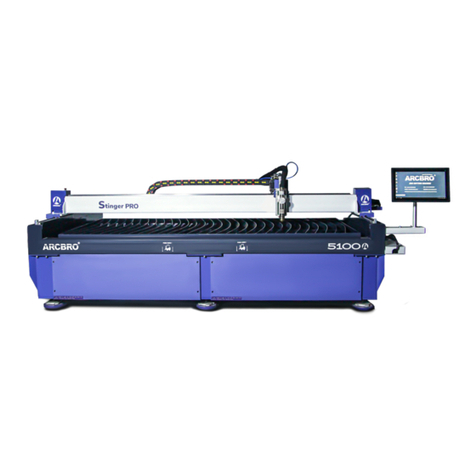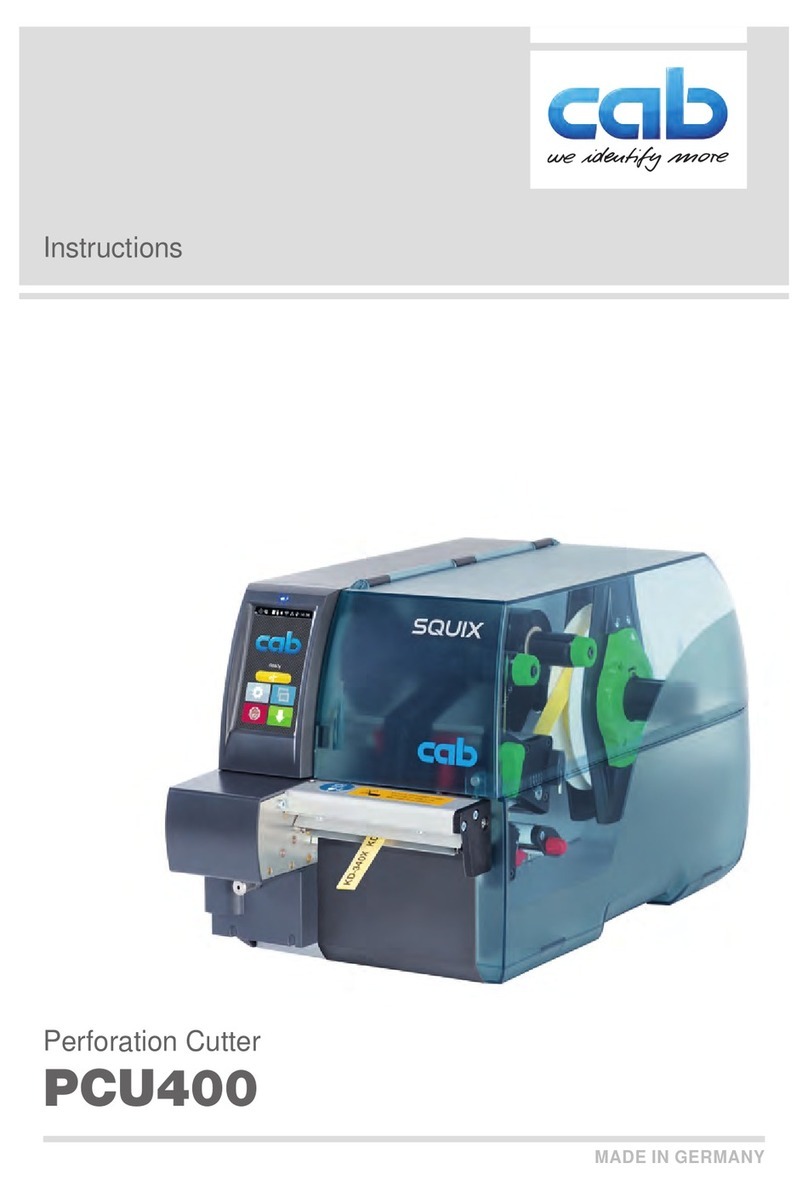Contents
1About this document .......................................................................................... 7
1.1 Target groups ............................................................................................... 7
1.2 Storage.........................................................................................................8
1.3 Name plate ...................................................................................................9
1.4 Abbreviations................................................................................................9
2Safety instructions............................................................................................ 10
2.1 Presentation of warnings ............................................................................ 10
2.2 Intended use............................................................................................... 10
2.3 Product-specific risks.................................................................................. 11
2.3.1 Risks imposed by mechanical equipment........................................ 11
2.3.2 Risks imposed by electricity............................................................. 12
2.3.3 Risks imposed by noise................................................................... 12
2.3.4 Risks in case of fire.......................................................................... 12
2.4 Safety.......................................................................................................... 13
2.4.1 Working area................................................................................... 13
2.4.2 Emergency-stop .............................................................................. 13
2.4.3 Warning signs on the machine ........................................................ 15
3Machine description.......................................................................................... 17
3.1 Design and function.................................................................................... 17
3.2 Technical data ............................................................................................ 19
4Transport and commissioning......................................................................... 21
4.1 Transport .................................................................................................... 21
4.2 Intermediate storage of machine/unit.......................................................... 22
4.3 Commissioning ........................................................................................... 22
4.3.1 Extraction......................................................................................... 24
4.3.2 Extraction process for TMC cutting knife......................................... 24
4.3.3 Electrical connection........................................................................ 26
5Operation ........................................................................................................... 27
5.1 What you have to observe.......................................................................... 27
5.2 Start............................................................................................................ 27
5.3 Work piece cutting ...................................................................................... 28
5.3.1 Prerequisites.................................................................................... 28
5.3.2 Cutting individual hoses................................................................... 29







